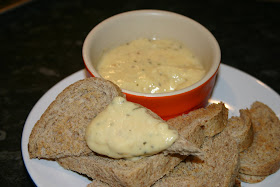Here we are in Autumn proper, and although there’s still a decent ‘in season’ list, many of the really summery fruit and veg have started to dwindle. However, there is a plus – the fish and game is on the increase, and I really intend to get through a fair few recipes that involve them. I really wanted to cook eel last month and didn’t get a chance, so that is top of the list. I’m off to a farmers Market in a week or two as well – hopefully I’ll bag me a grouse!
Vegetables: beetroot, borlotti beans, broccoli, cabbages, cardoons, carrots, cauliflower, celeriac, celery, chard, courgettes, cucumber, fennel, kale, kohlrabi, leeks, onions, peppers and chillies, potatoes, pumpkins and squashes, rocket, salsify, spinach, tomatoes, turnips.
Fruit: apples, grapes, greengages, medlars, pears, quince, raspberries.
Wild greens and herbs: nettles, watercress.
Wild flowers and fruits: bullace, crab apples, damsons, juniper berries, rosehips, rowan berries, sloes
Fungi and nuts: chanterelles, chestnuts, hedgehog fungus, horse mushrooms, oyster mushrooms, parasol mushrooms, puffballs, shaggy inkcap, summer truffles, walnuts, blewits.
Fish and shellfish: cod, crab, eels, lobster, mussels, oyster, mackerel, mussels, oysters, prawns, salmon, scallops, sea bass, sprats, squid, trout.
Game: goose, grey squirrel, grouse, hare, mallard, partridge, rabbit, woodpigeon.
































